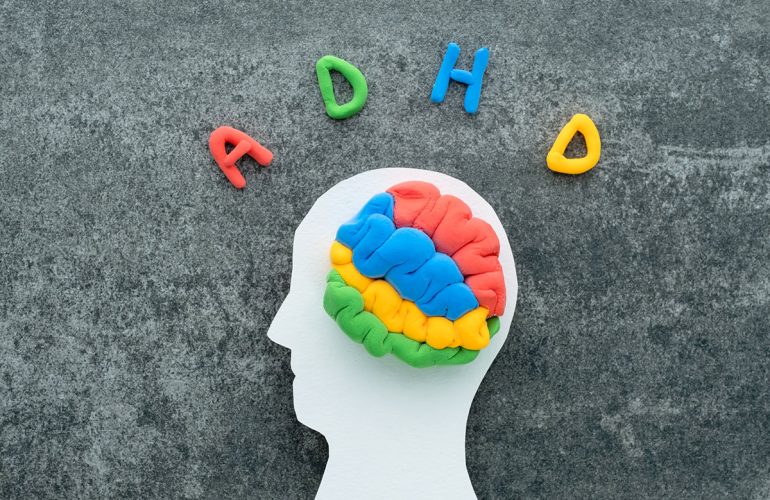There has been great interest in exploring the endocannabinoid system’s role in various physical and mental health conditions including attention deficit hyperactivity disorder or ADHD. Pharmacological approaches to the treatment of ADHD include psychostimulants like Adderall, as well as anti-anxiety and anti-depressant medications, all of which come with potentially harmful side effects. It’s also estimated that between 10% to 30% of individuals with ADHD do not respond well, or do not tolerate treatment with these medications; therefore, a natural, safer alternative approach is desirable in the treatment of ADHD symptoms.
ADHD: A Brief Review
Attention deficit hyperactivity disorder or ADHD, is a blanket term used to describe a group of behavior symptoms such as impulsiveness, inattentiveness, and hyperactivity, which are developmentally inappropriate and impairing. ADHD is also associated with emotional dysregulation, cognitive impairments and psychiatric co-occurring conditions, including anxiety and depression.
Can ADHD Be an Endocannabinoid Deficiency Disorder?
Recent studies have linked the development of ADHD with dysfunctions and deficiencies within the endocannabinoid system, which is vital for emotional balance and cognitive function. Two important endocannabinoids, anandamide (AEA) and 2-arachidonoylglycerol (2-AG) show decreased levels in a variety of both physical and psychological disorders, including ADHD, autism, Parkinson’s disease, Huntington’s disease and schizophrenia. It is therefore hypothesized that ADHD might actually be a disorder of the endocannabinoid system and that discovering a treatment that targets the endocannabinoids may bring symptom management or relief.
Pharmacological Approaches to ADHD
The first line of treatment for ADHD is an amphetamine-based medicine like Adderall, and Vyvanse, as well as non-amphetamine-based medications including Concerta and Ritalin. Because these medications may not be well-tolerated for some individuals, another line of treatment involves anti-anxiety and anti-depressant prescription drugs, which may have unpleasant side effects as well.
Dopamine, Anandamide and FAAH Inhibition
There is a connection between dopamine, anandamide, FAAH inhibition and ADHD. First, dopamine is a neurotransmitter and hormone responsible for movement, memory, mood, and motivation as well as how individuals feel pleasure and rewards. Dopamine deficiency is a major contributor to ADHD. Second, anandamide (AEA) is a neurotransmitter within the endocannabinoid system that regulates many functions including mood, cognitive processes, pain and appetite. Anandamide deficiency has also been shown to play a role in ADHD. And third, fatty acid amide hydrolase (FAAH) is an enzyme that reduces anandamide. The connection? Dopamine releases anandamide resulting in therapeutic value for symptom management and relief in ADHD and cannabinoids that slow FAAH’s degradation of anandamide can also better manage symptoms of ADHD.
Final Thoughts on ADHD and the Role of the Endocannabinoid System
ADHD is a common developmental condition that presents many behavioral and cognitive challenges to individuals and although several stimulant and non-stimulant based medications are currently available, they often present negative and sometimes dangerous side effects. A safe and natural alternative treatment is highly desirable and it appears that targets within the endocannabinoid system may manage or reduce symptoms of ADHD without unpleasant side effects. The challenge now is finding the right cannabinoid to help the endocannabinoid system do its work.
Reference
- Dawson, David A and Clare P. Persad. 2021. Targeting the Endocannabinoid’s System in the Treatment of ADHD. Genetics and Molecular Medicine, 3(1): 1-7..

